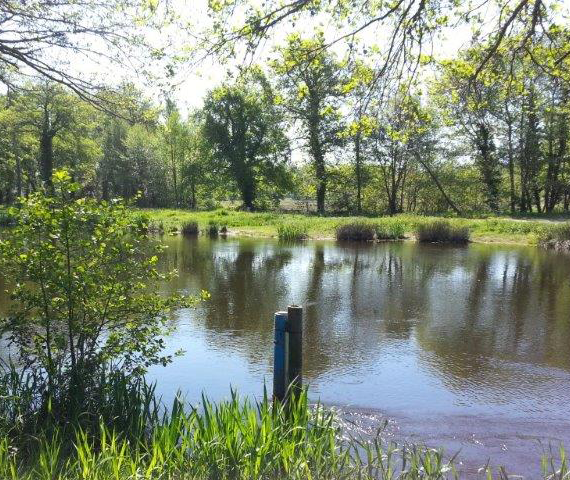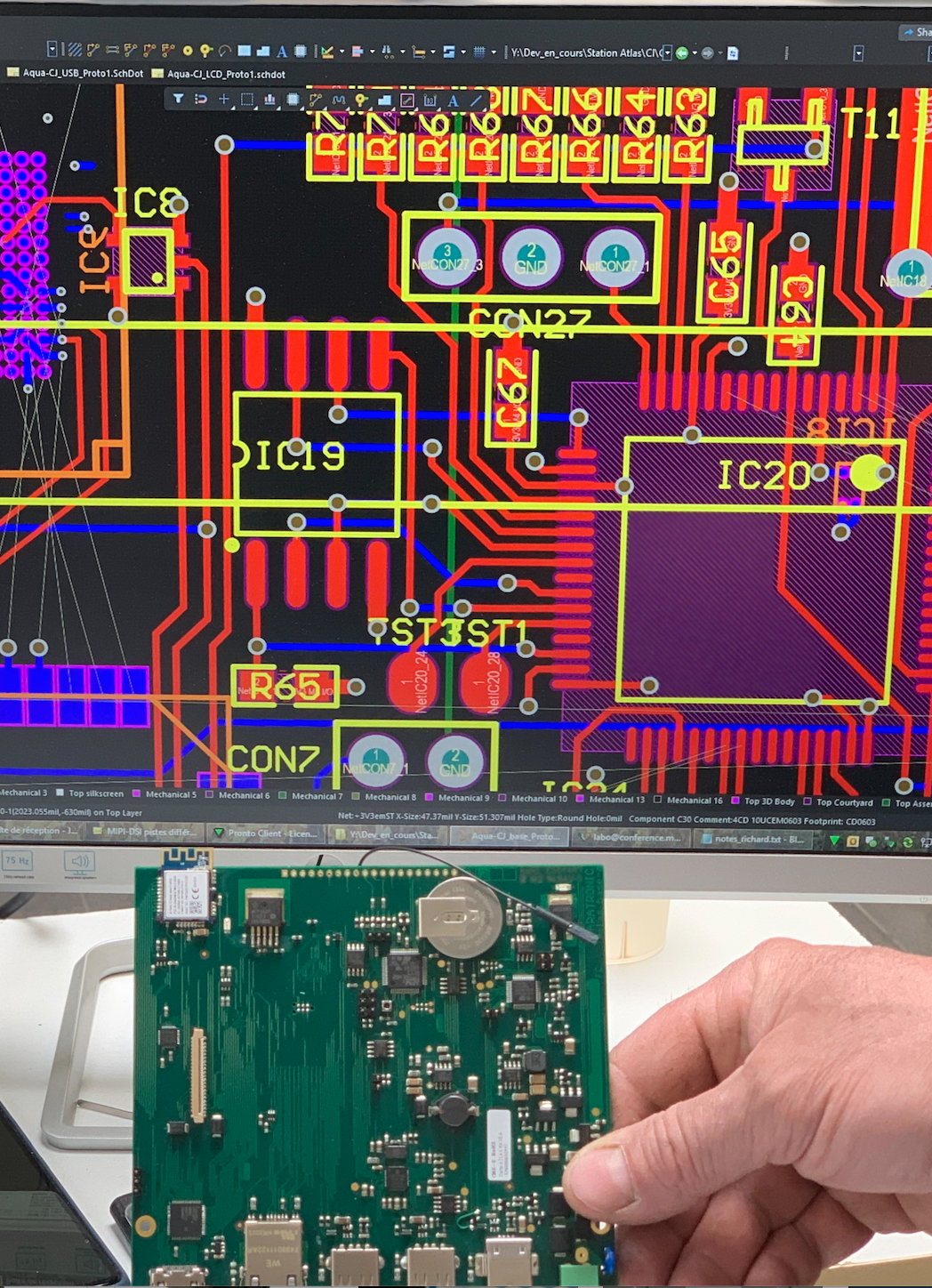

Paru dans Le Monde du 28 juin 2023
Alors que la gestion de l’eau devient un enjeu de premier ordre dans les territoires, son optimisation grâce à la donnée numérique devient peu à peu incontournable. La data contribue à une meilleure connaissance et une gestion plus efficace de cette ressource vitale et stratégique.
Explications de Patrice Rilly, Dirigeant de la société Paratronic.
Avec l’accélération des effets du dérèglement climatique, la gestion de l’eau est devenue un élément central des politiques publiques en matière d’adaptation et de résilience. D’un côté il s’agit de la préserver afin qu’elle ne vienne pas à manquer lors des épisodes de sécheresse. De l’autre, il faut parfois faire face à un surplus lors de fortes précipitations, qui peuvent entraîner des inondations. Face à ces aléas, le numérique et plus précisément l’exploitation de la data, offre des solutions pertinentes.
Grâce à la data la gestion de l’eau gagne en réactivité et en efficacité. C’est pourquoi les collectivités territoriales et leurs partenaires exploitent de plus en plus des outils numériques collectant ou traitant de la data. Sur les réseaux d’eau potable, l’enjeu est par exemple de réduire les fuites grâce à des capteurs, notamment acoustiques. Car près d’un litre d’eau sur cinq est encore « perdu » en France à cause des fuites sur les réseaux de distribution d’eau. Sur la disponibilité de la ressource, la data peut servir à suivre le niveau des nappes phréatiques grâce à des sondes immergées. Et concernant les cours d’eau, des capteurs vont par exemple mesurer leur débit et leur niveau, pour anticiper les risques de débordement.
« Il n’y a pas d’alternative. Pour prendre de meilleures décisions et mieux prévoir, il faut collecter et traiter de la donnée », estime Patrice Rilly, Dirigeant de la société Paratronic, spécialisée dans les systèmes de mesure et de surveillance du petit comme du grand cycle de l’eau.
Digitaliser la gestion de l’eau
Bpifrance est impliquée dans cette évolution de la gestion de l’eau par la data. Au travers de l’ « Accélérateur EAU », elle accompagne des TPE-PME de la filière dans leur digitalisation. « J’ai participé au 1er accélérateur en 2020 qui m’a permis de gagner en compétence après la reprise de l’entreprise et de construire un réseau de contacts », poursuit Patrice Rilly.
Bpifrance accompagne également ces entreprises dans le cadre de La French Fab, communauté qui vise à fédérer les industriels français et donner de la visibilité et fierté de l’industrie française à l’étranger. « Nous sommes membre de la communauté de La French Fab, car nous fabriquons tous nos produits en France, notamment les cartes électroniques des capteurs, dans notre atelier près de Lyon », souligne Patrice Rilly.
Enfin, Bpifrance propose des solutions de financement, comme des prêts innovations. Paratronic a bénéficié d’un prêt de ce type pour développer un nouvel outil. Il s’agit d’une passerelle « intelligente » qui achemine les données entre les capteurs et les systèmes de gestion de l’eau. « L’idée était de développer un outil d’une grande modularité, adaptable aux différents cas d’usages, basé sur des modules à assembler en fonction des besoins. Le prêt nous a aidés à mener les travaux de R&D », explique Patrice Rilly.
Selon le responsable, la gestion de l’eau grâce à la data est l’avenir du secteur. « Il y a une prise de conscience des territoires que la gestion de l’eau est aujourd’hui un enjeu crucial, mais aussi de nouvelles obligations liées à la compétence Gemapi (gestion des milieux aquatiques et la prévention des inondations). L’exploitation de la data dans la gestion de l’eau devrait donc continuer de s’intensifier en France », conclut Patrice Rilly.